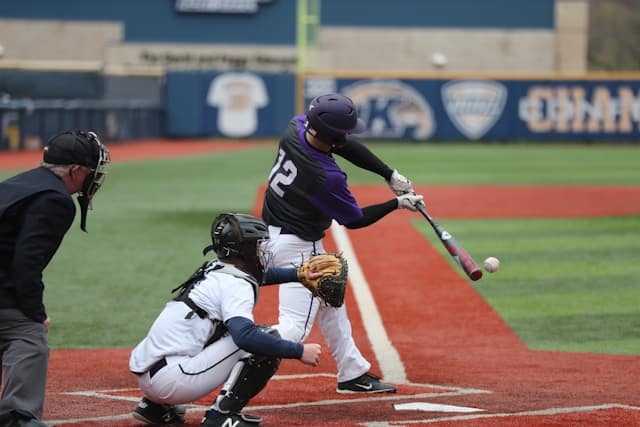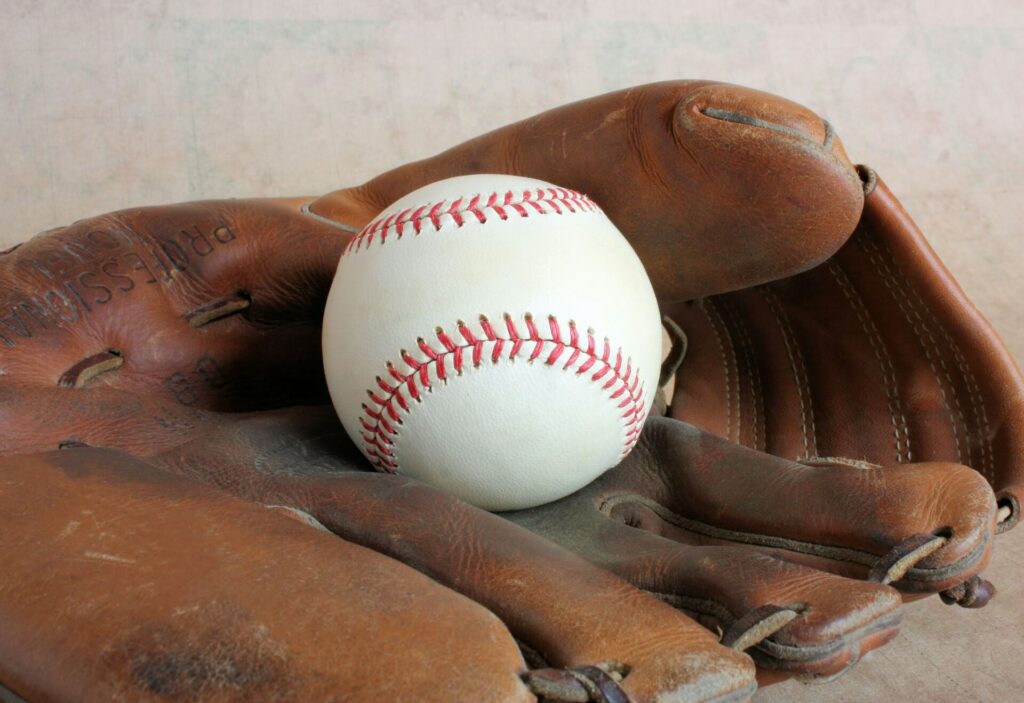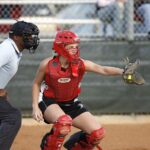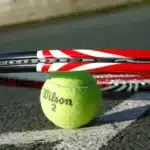Choosing the right Gloves for Infielders and Outfielders can make a big difference in your game. Whether you’re a parent buying your child’s first glove or a high school player looking to upgrade, knowing the difference between infield and outfield gloves is key.
In this guide, we’ll break down:
- The difference between infield and outfield gloves
- Top features to look for
- Our top glove recommendations in 2025
- How to size and break in your glove
- Tips for buying the right glove for your position
Let’s get started.
What’s the Difference Between Infield and Outfield Gloves?
While all gloves might look similar at first glance, there are some big differences between those Gloves for Infielders and Outfielders.
✅ Infield Gloves:
- Smaller size (typically 11″ to 11.75″)
- Shallower pocket for quick ball transfer
- Best for positions like shortstop, second base, and third base
✅ Outfield Gloves:
- Larger size (usually 12″ to 12.75″)
- Deeper pocket to help catch fly balls
- Designed for positions like left field, center field, and right field
👉 Quick Tip: If your child plays multiple positions, consider a glove around 11.75″ to 12″ for versatility.
Top Features to Look for in a Baseball Glove
Whether you’re shopping for an infielder or outfielder glove, these are the must-have features:
- Durability – Look for premium leather or steerhide for long-lasting use.
- Fit – A snug, comfortable fit is key. Youth models have smaller wrist openings.
- Break-in Time – Some gloves come game-ready; others need time to mold to the player’s hand.
- Web Style – Infielders often prefer I-Web or H-Web for quick throws, while outfielders go for trapeze or H-Webs for visibility and depth.
- Position-Specific Design – Choose a glove tailored to where your child plays most often.
Best Infield Gloves in 2025
Here are our top picks for infielders this season:
🥇 Rawlings Heart of the Hide Infield Glove – 11.5”
- Position: Shortstop/Second Base
- Web: Pro I-Web
- Material: U.S. steerhide leather
- Why we love it: Professional-grade quality, quick break-in, perfect for serious youth and teen players.
🥈 Wilson A2000 1786 – 11.5”
- Position: Shortstop/Third Base
- Web: H-Web
- Material: Pro Stock Leather
- Bonus: Dual welting for added structure and shape retention.
🥉 Mizuno Pro Select – 11.75”
- Position: Third Base/Infield
- Web: Deep III Web
- Highlight: Comfortable hand slot and exceptional craftsmanship.
Best Outfield Gloves in 2025
Outfielders need a glove that gives reach and control. Here are the top choices this year:
🥇 Rawlings Pro Preferred Outfield Glove – 12.75”
- Web: Trapeze Web
- Material: Kip leather for ultra-smooth feel
- Why we love it: Superior break-in and luxurious feel — ideal for advanced players.
🥈 Wilson A2000 OT6 – 12.75”
- Web: Six-finger Trapeze
- Design: Built for tracking fly balls and deep catches
- Pro Tip: This glove is known for its durability and stability.
🥉 Mizuno MVP Prime SE – 12.5”
- Web: H-Web
- Material: Bio Soft Leather
- Great for: High school players and competitive youth leagues.
How to Choose the Right Glove Size
Here’s a quick size chart for reference:
| Age Group | Infield Glove Size | Outfield Glove Size |
|---|---|---|
| 7 – 9 | 10″ – 11″ | 10.5″ – 11.5″ |
| 10 – 12 | 11″ – 11.5″ | 11.75″ – 12.5″ |
| 13+ | 11.25″ – 11.75″ | 12.25″ – 12.75″ |
👉 Note: Position matters just as much as age. A 12-year-old playing outfield will still need a larger glove than a 13-year-old infielder.
How to Break in a Baseball Glove the Right Way
Buying a glove is just the first step. Breaking it in ensures it fits and performs perfectly.
🔧 Break-in Tips:
- Use a Glove Mallet – Pound the pocket to shape it.
- Play Catch Often – The best way to break it in is by using it!
- Apply Glove Conditioner – Helps soften the leather (use sparingly).
- Store with a Ball in the Pocket – Keeps its shape overnight.
Avoid: Microwaving or soaking your glove in water — these methods ruin the leather and shorten its lifespan.
What’s the Best Glove for Multi-Position Players?
If your child plays both infield and outfield, consider a utility glove around 11.75″ to 12.25″. Some great all-around options include:
- Rawlings R9 Series Utility Glove
- Wilson A1000 Utility Model
- Easton Professional Hybrid Glove
These gloves offer enough pocket depth for outfield play, while staying light enough for infield action.

FAQ: Parents’ Common Questions About Baseball Gloves
Q: Should I buy a glove a little bigger so my child can grow into it?
A: No. A glove that’s too big can hurt performance and comfort. Get the right size for now.
Q: How long does a glove last?
A: With proper care, a high-quality glove can last 3–5 years or more — even longer for casual use.
Q: Are expensive gloves worth it?
A: Yes, if your child plays competitively. Cheaper gloves are fine for beginners but won’t hold up to heavy use.
Q: Can a glove be used for both baseball and softball?
A: Technically yes, but it’s not ideal. Baseball gloves are smaller and stiffer; softball gloves have bigger pockets.
Final Thoughts: Which Glove Is Right for You?
The right glove depends on position, age, experience level, and budget. If your child is playing more seriously or on travel teams, investing in a better glove makes a big difference.
✅ For Infielders:
✅ For Outfielders:
- Choosing the right baseball glove can make a big difference in your game. Whether you’re a parent buying your child’s first glovePro Preferred
- Wilson A2000 OT6
- Mizuno MVP Prime SE
Whatever glove you choose, make sure it fits properly, is broken in correctly, and matches your child’s main position.
Ready to Buy a Glove?
We’ve handpicked the best gloves for infielders and outfielders on our Gear Reviews page. Check them out and find exclusive links to the best deals online!






